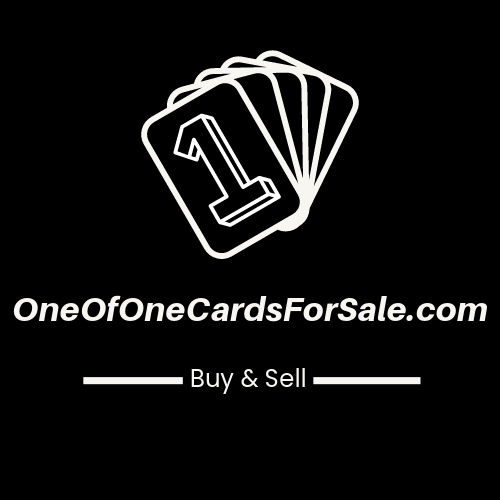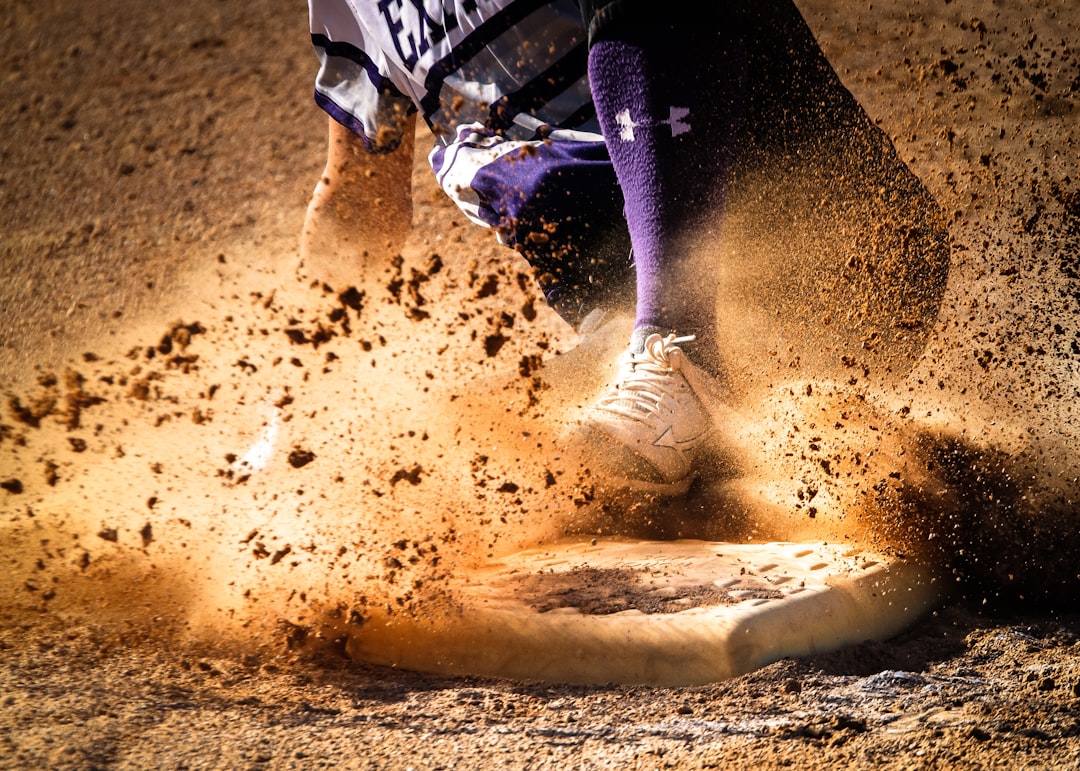Baseball trading cards have been a beloved hobby for collectors for decades. These small pieces of cardboard featuring the images of baseball players have captured the hearts of fans young and old. The popularity of baseball trading cards can be attributed to the thrill of collecting, the nostalgia they evoke, and the potential value they hold. Whether you are a die-hard fan or a casual collector, baseball trading cards offer a unique way to connect with the sport and its history.
The History of Baseball Trading Cards
The origins of baseball trading cards can be traced back to the late 19th century. The first known baseball trading card set was produced in 1868 by Peck & Snyder, a sporting goods store in New York City. These early cards featured hand-drawn illustrations of baseball players and were used as promotional items for the store.
Over time, the production and popularity of baseball trading cards grew. In the early 20th century, tobacco companies began including baseball cards in their cigarette packs as a way to attract customers. These cards featured real photographs of players and became highly sought after by collectors.
In the 1950s, Topps became the dominant producer of baseball trading cards. They introduced the concept of including bubble gum with each pack, which further increased their popularity among children. Topps also revolutionized the design of baseball cards by including player statistics and biographical information on the back.
The Different Types of Baseball Trading Cards
Base Cards: Base cards are the foundation of any baseball trading card set. They feature the basic design and image of each player in the set. Base cards are typically the most common and least valuable type of card.
Inserts: Inserts are special cards that are randomly inserted into packs. They often feature unique designs, special finishes, or limited edition prints. Inserts can include subsets such as rookie cards, all-star cards, or special event cards.
Autographed Cards: Autographed cards are highly sought after by collectors. These cards feature the authentic signature of the player and are often limited in production. The value of autographed cards can vary greatly depending on the popularity and rarity of the player.
Relic Cards: Relic cards are another popular type of baseball trading card. These cards contain a piece of game-used memorabilia, such as a jersey swatch or a piece of a baseball bat. Relic cards add an extra level of excitement and value to a collection.
Parallel Cards: Parallel cards are variations of base cards that feature different designs, colors, or finishes. These cards are often more rare and valuable than the base cards. Parallel cards can include different levels of rarity, such as gold, silver, or platinum editions.
The Most Valuable Baseball Trading Cards
The most valuable baseball trading cards are often those that are rare, in high demand, and in excellent condition. Some of the most expensive baseball trading cards ever sold include the Honus Wagner T206 card, the Mickey Mantle 1952 Topps card, and the Babe Ruth 1914 Baltimore News card.
The value of a baseball trading card is determined by several factors. The player’s popularity and career achievements play a significant role in determining a card’s value. The rarity and condition of the card also play a crucial role. Cards that are in pristine condition and have been professionally graded by a reputable grading company tend to fetch higher prices.
How to Collect Baseball Trading Cards
There are several ways to collect baseball trading cards. You can purchase packs or boxes from hobby shops, online retailers, or even at sporting events. Many collectors also trade cards with other collectors to complete their sets or acquire specific players.
Building a collection can be an exciting and rewarding experience. Start by deciding what type of collection you want to build, whether it’s a complete set, a collection of your favorite team, or a collection of specific players. Set a budget and start acquiring cards that fit your collection goals.
For beginners, it’s essential to do some research and familiarize yourself with the hobby. Learn about the different types of cards, the history of the sport, and the players you are interested in collecting. Joining online forums or local collector groups can also provide valuable insights and advice.
The Importance of Card Condition
The condition of a baseball trading card plays a significant role in its value. Cards that are in excellent condition, with sharp corners, clean surfaces, and no creases or stains, are highly sought after by collectors. On the other hand, cards that are damaged or in poor condition will have significantly less value.
To ensure the longevity and value of your cards, it’s important to properly store and handle them. Use protective sleeves or top loaders to prevent damage from handling or exposure to moisture. Avoid touching the surface of the card with bare hands, as oils and dirt can cause damage over time.
The Role of Grading Companies in the Hobby
Grading companies play a crucial role in the baseball trading card hobby. These companies evaluate the condition of cards and assign them a grade based on their criteria. The most well-known grading companies include PSA (Professional Sports Authenticator), Beckett Grading Services (BGS), and SGC (Sportscard Guaranty).
Having a card professionally graded can significantly increase its value and desirability among collectors. Graded cards are sealed in protective cases with a label indicating their grade and authenticity. This provides collectors with confidence in the condition and authenticity of the card.
Displaying and Storing Your Baseball Trading Cards
There are various ways to display your baseball trading cards, depending on your preferences and available space. Some collectors choose to frame their most valuable or favorite cards and hang them on the wall. Others use binders or albums to store and display their entire collection.
When storing your cards, it’s important to keep them in a cool, dry place away from direct sunlight. Avoid storing them in basements or attics, as these areas are prone to temperature and humidity fluctuations. Use acid-free storage boxes or sleeves to protect your cards from dust, moisture, and other potential damage.
Trading and Selling Baseball Trading Cards
Trading cards with other collectors is a great way to expand your collection and acquire cards you are interested in. Online forums, social media groups, and local collector meetups are excellent places to connect with other collectors and arrange trades.
If you are looking to sell your baseball trading cards, there are several options available. You can list them on online auction sites such as eBay or sell them directly to collectors through online marketplaces or local card shops. It’s important to research the current market value of your cards and set a fair price based on their condition and demand.
The Future of Baseball Trading Cards
The future of baseball trading cards is constantly evolving. With advancements in technology, collectors can now access digital trading cards and participate in online trading platforms. These digital cards offer a new level of convenience and accessibility for collectors.
However, traditional physical trading cards continue to hold their appeal. The tangible nature of physical cards, the thrill of opening packs, and the nostalgia they evoke make them a beloved hobby for many collectors. As long as there is a love for baseball and a desire to connect with the sport’s history, baseball trading cards will continue to be a cherished pastime.
Baseball trading cards have captured the hearts of collectors for generations. From their humble origins in the late 19th century to the multi-billion dollar industry they are today, baseball trading cards have evolved and grown in popularity. Whether you collect for the thrill of the chase, the nostalgia they evoke, or the potential value they hold, baseball trading cards offer a unique way to connect with the sport and its history. So, grab a pack, start collecting, and enjoy the journey of building your own baseball trading card collection.

